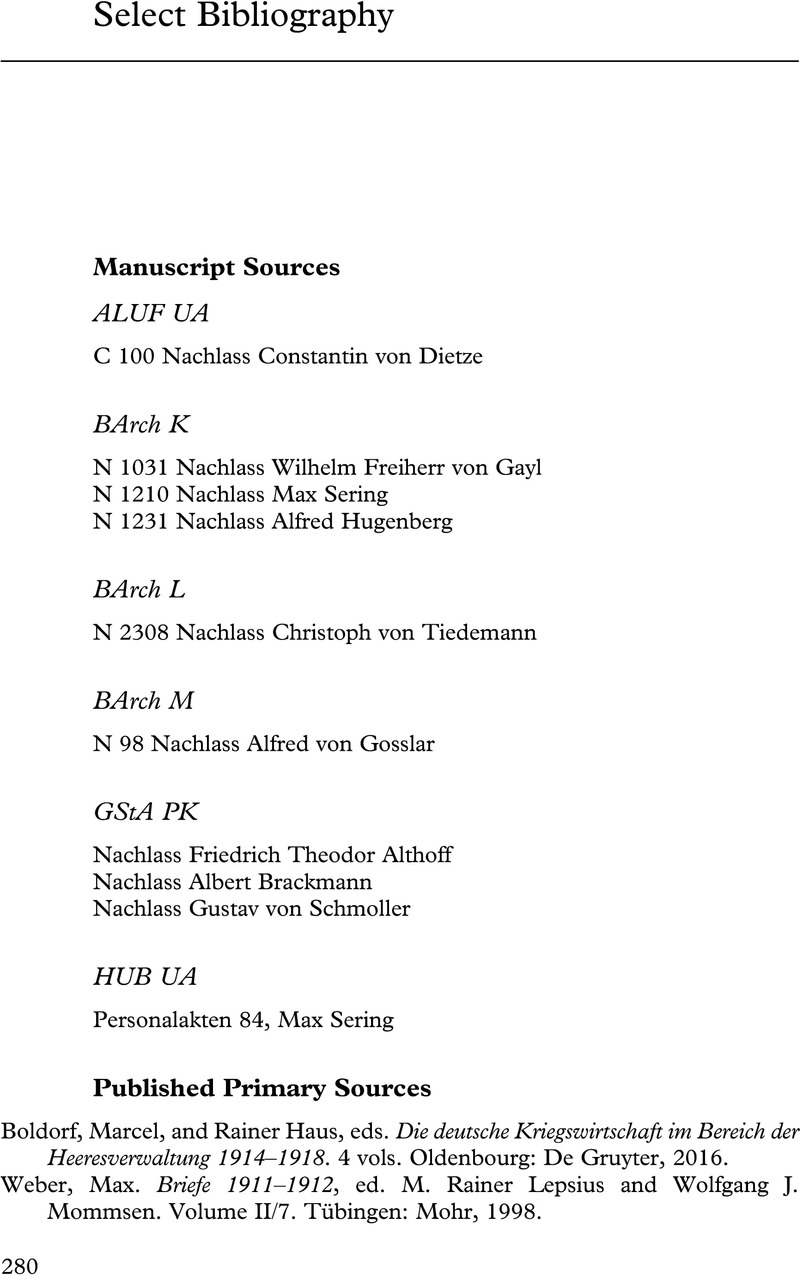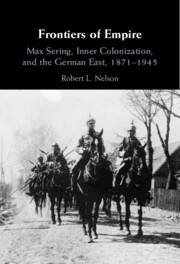Book contents
- Frontiers of Empire
- Frontiers of Empire
- Copyright page
- Contents
- Figures
- Acknowledgments
- Abbreviations
- 1 Settler Colonialism and How to Tell a Story
- 2 The Frontiers of Youth
- 3 Career Beginnings, Eastern Interests
- 4 Settling In
- 5 The Radicalization of Inner Colonization
- 6 Sering, the Star
- 7 Sering’s Journey Comes to an End
- 8 The Legacy of Max Sering and Inner Colonization
- Conclusion
- Select Bibliography
- Index
- References
Select Bibliography
Published online by Cambridge University Press: 04 January 2024
- Frontiers of Empire
- Frontiers of Empire
- Copyright page
- Contents
- Figures
- Acknowledgments
- Abbreviations
- 1 Settler Colonialism and How to Tell a Story
- 2 The Frontiers of Youth
- 3 Career Beginnings, Eastern Interests
- 4 Settling In
- 5 The Radicalization of Inner Colonization
- 6 Sering, the Star
- 7 Sering’s Journey Comes to an End
- 8 The Legacy of Max Sering and Inner Colonization
- Conclusion
- Select Bibliography
- Index
- References
Summary

- Type
- Chapter
- Information
- Frontiers of EmpireMax Sering, Inner Colonization, and the German East, 1871–1945, pp. 280 - 298Publisher: Cambridge University PressPrint publication year: 2024



